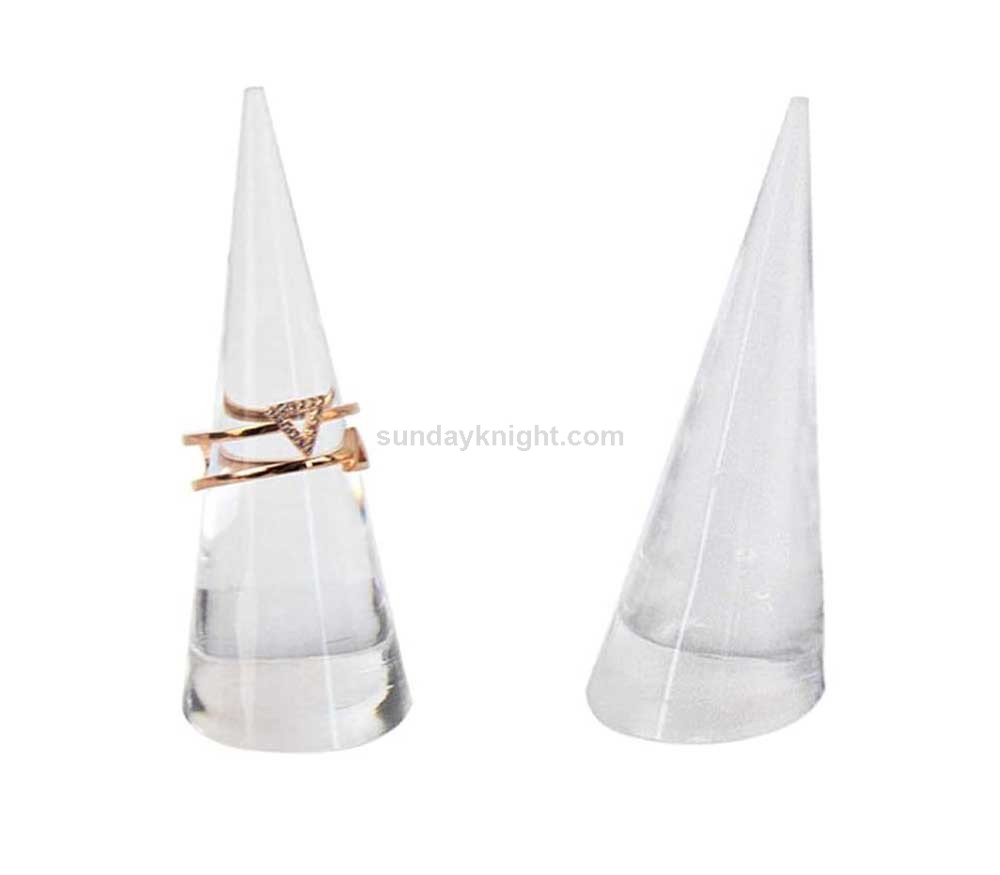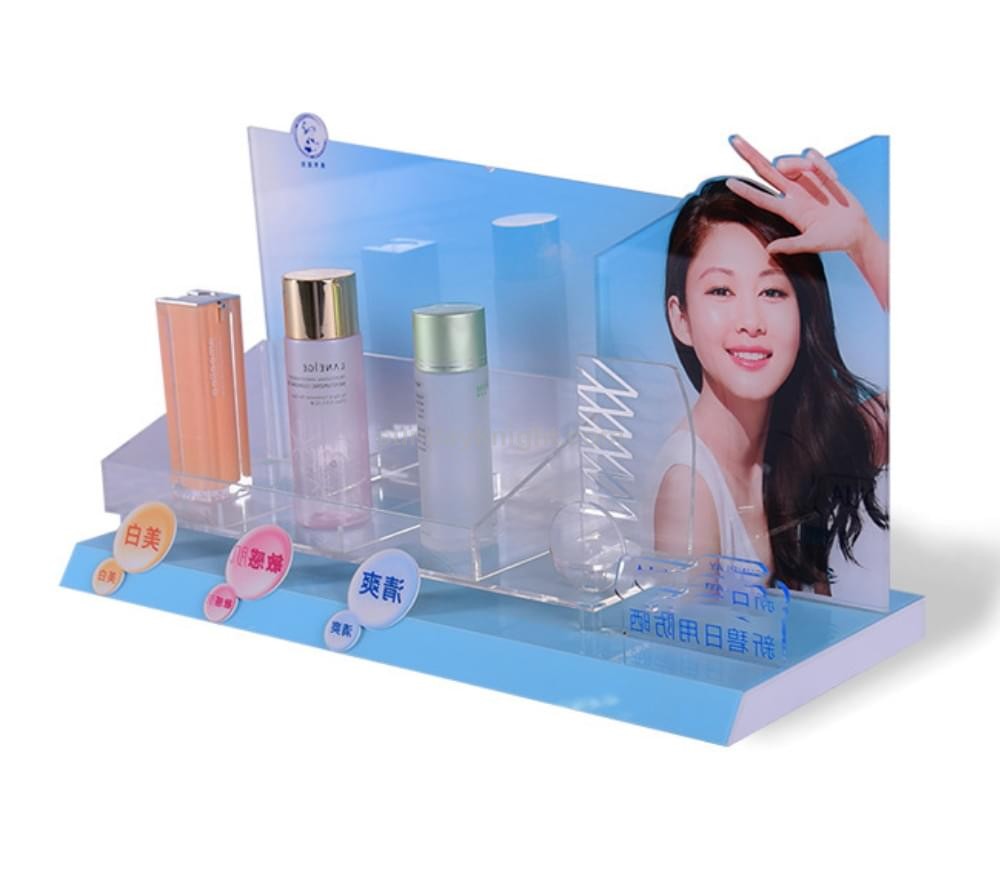Acrylic products have become increasingly popular nowadays. However, it is essential to know how to avoid damaging them. Here are three key points to consider:



1. Solvents:
Solvents with high permeability can adhere to the surface of acrylic products and penetrate them, causing them to lose their original luster or even deform completely. For instance, if a solvent-based paint is applied to an acrylic bathtub, it will quickly adhere to the surface, and attempting to forcibly remove it may result in unsightly marks. Therefore, it is crucial to prevent acrylic products from coming into contact with solvents to avoid significant damage.
2. Temperature:
Both high and low temperatures can adversely affect acrylic products. While acrylic items have a certain level of heat resistance, extended exposure to high temperatures can still cause them to weaken and deform. This includes exposure to high-temperature work areas in factories and direct sunlight. On the other hand, extremely low temperatures, such as those experienced in freezing climates, can cause the chemical molecules in plastic to contract severely. When molecules change, the plastic loses its original shape. In conclusion, temperature fluctuations pose a considerable risk to acrylic products.
3. External Physical Impact:
The ability to withstand impact is an important factor to consider. Despite having a high level of toughness, acrylic products also have their limits. If subjected to forces beyond their capacity to endure, they may crack or break unexpectedly.
By taking these three points into account and avoiding exposure to harmful solvents, extreme temperatures, and strong physical impacts, you can effectively protect acrylic products from damage. Proper care and attention will ensure their longevity and retain their original beauty and functionality.
